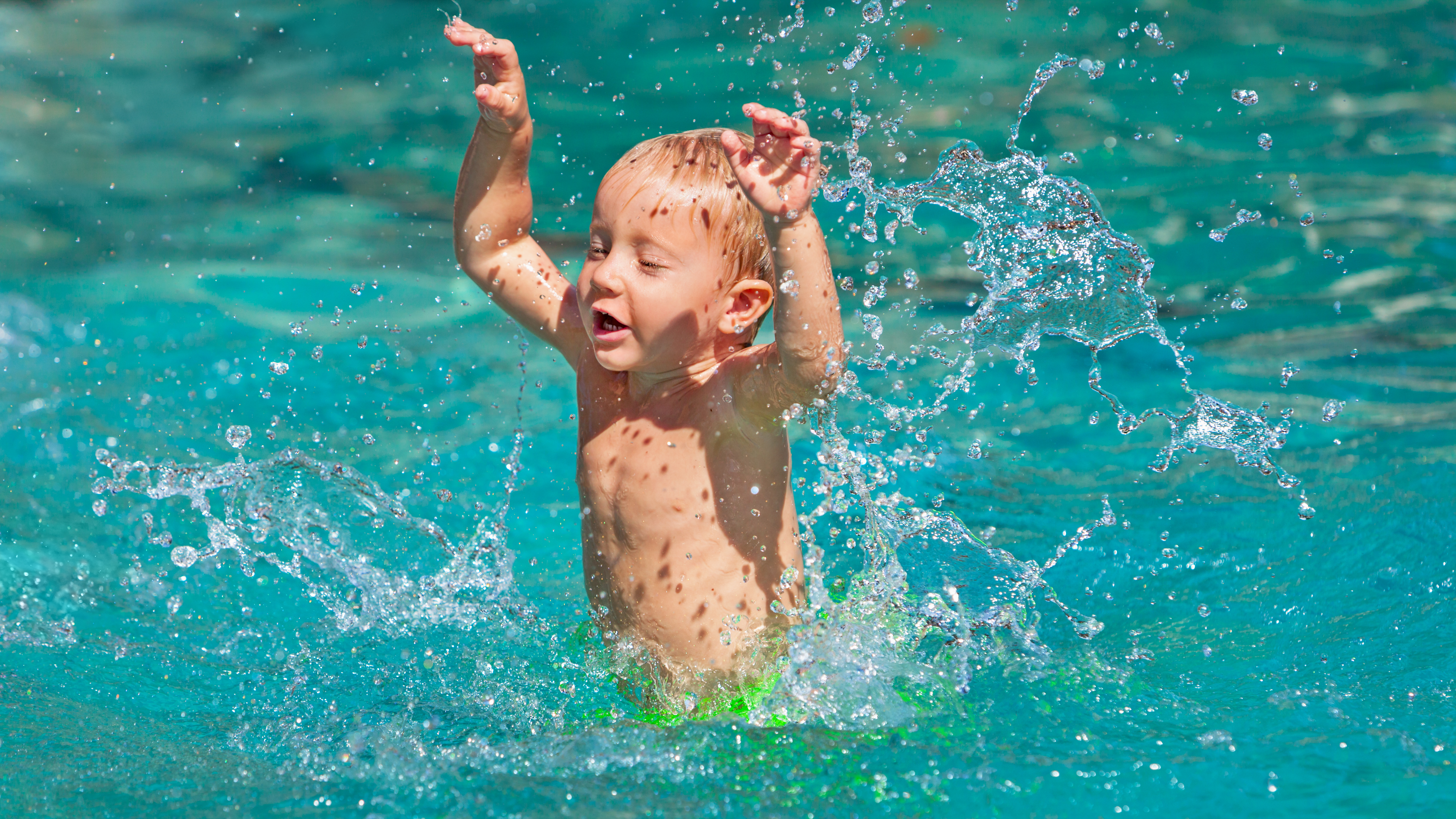Wider availability of low-cost swim lessons could reduce drowning risk in children over 1 year old, but such lessons are only one component of reducing drowning risk and cannot “drown-proof” children, who should still be fully supervised around water, according to a new policy statement from the American Academy of Pediatrics.
These strategies include barriers, supervision, swim lessons, use of life jackets, and training in cardiopulmonary resuscitation (CPR). Parents should be advised to restrict unsupervised access to pools and other bodies of water, as well as understand the risks of substance use around water, Sarah A. Denny, MD, and the members of the AAP’s Council on Injury, Violence, and Poison Prevention, wrote.
The committee made five major recommendations for pediatricians:
• Recognize high-risk groups and leading causes of drowning in their area and customize advice to parents about drowning risk accordingly.
• Pay special attention to needs of children with medical conditions that increase drowning risk, such as seizure disorders, autism spectrum disorder and cardiac arrhythmias, and advise uninterrupted supervision for these children even in baths.
• Inform parents and children of the increased risk of drowning with substance use, especially for teen boys.
• Discuss water skill levels with parents and children to avoid either overestimating a youth’s competency.
• Encourage CPR training in high schools.
Accidental drowning rates have declined from 2.7 per 100,000 children in 1985 to 1.1 per 100,000 children in 2017, yet drowning remains the top cause of injury death among children ages 1-4 years, reported Dr. Denny, of Nationwide Hospital in Columbus, Ohio, and her colleagues (Pediatrics. March 15, 2019). For those ages 5-19 years old, drowning is the third leading cause of accidental death.
Nearly 1,000 children and adolescents under 20 years old die from drowning each year. An estimated 8,700 others went to the emergency department for drowning-related incidents in 2017. Of these children, 25% required admission or additional care.
“Most victims of nonfatal drowning recover fully with no neurologic deficits, but severe long-term neurologic deficits are seen with extended submersion times (over 6 minutes), prolonged resuscitation efforts, and lack of early bystander-initiated cardiopulmonary resuscitation (CPR),” the committee wrote.
Children at highest drowning risk include toddlers and teen boys of all races/ethnicities as well as black and Native American/Alaska Native children. Black male teens had the highest overall rates, 4 drowning deaths per 100,000 children, for 2013-2017.
Among those aged 4 years and under, drowning risk was primarily related to the lack of barriers to prevent unanticipated, unsupervised access to water, including swimming pools, hot tubs and spas, bathtubs, natural bodies of water, and standing water in homes (buckets, tubs, and toilets), the committee wrote.
Teens are most likely to die in natural water settings, such as ponds, rivers, lakes and sea water. “The increased risk for fatal drowning in adolescents can be attributed to multiple factors, including overestimation of skills, underestimation of dangerous situations, engaging in high-risk and impulsive behaviors, and substance use,” particularly alcohol consumption, according to the statement.
Children with seizure disorders have up to a 10-times greater risk of drowning, and therefore require constant supervision around water. Whenever possible, children with seizure disorders should shower instead of bathe and swim only at locations where there is a lifeguard.
Similarly, supervision is essential for children with autism spectrum disorder, especially those under age 15 and with greater intellectual disability. Wandering is the most commonly reported behavior leading to drowning, accounting for nearly 74% of fatal drowning incidents among children with autism.
The committee also recommended four community advocacy activities:


